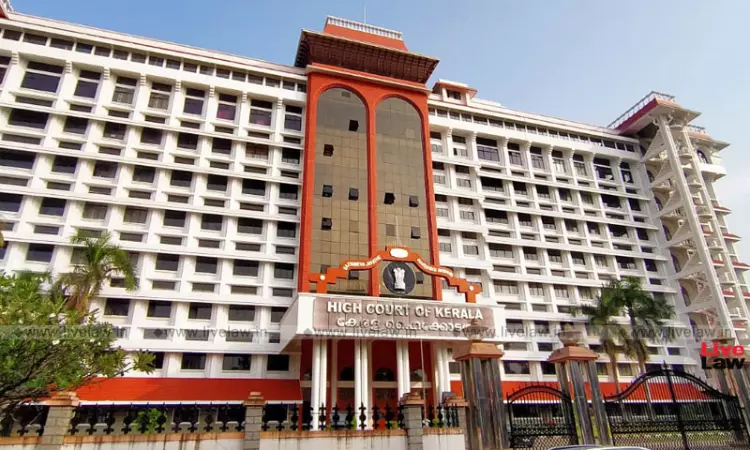Admitting Into Evidence Confessional Statements Made To Police U/S 25, 26 Evidence Act Vitiate Trial: Kerala High Court
Navya Benny
27 Oct 2023 9:00 AM IST

Next Story
27 Oct 2023 9:00 AM IST
The Kerala High Court on Thursday categorically held that admission of confessional statements made by accused to the Police, which are hit by bar under Sections 25 (Confession to police officer not to be proved) and 26 (Confession by accused while in custody of police not to be proved against him) of the Evidence Act, can vitiate a trial and lead to the acquittal of the accused.The...
